9499 Hydrolase_3Thalassiosira pseudonana
| Chromosome | Product | Transcript Start | End | Strand | Short Name | |
|---|---|---|---|---|---|---|
| 9499 | chr_13 | Hydrolase_3 | 576079 | 577682 | + | Hydrolase_3 |
| NCBI ID | Ensembl Genomes exon ID |
|---|---|
| 7447831 | Thaps9499.1, Thaps9499.2 |
| Expression Profile | Conditional Changes | Cluster Dendrogram | Discovered Potential cis-Regulatory Motifs |
|---|---|---|---|
Thaps_hclust_0416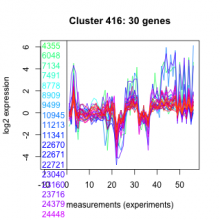 |
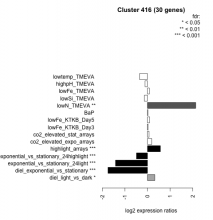 |
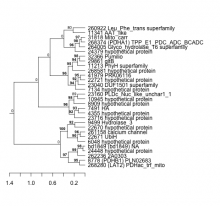 |
   |
| Normalized Mean Residue | Discovered Potential cis-Regulatory Motifs | |
|---|---|---|
|
Thaps_bicluster_0150 |
0.38 |
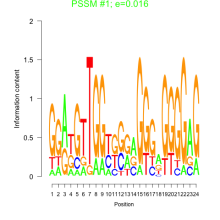 0.016 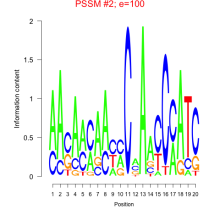 100 |
| T. pseudonana | P. tricornutum | P. tricornutum DiatomCyc | F. cylindrus | Pseudo-nitzschia multiseries | E. huxleyi | C. reinhardtii | A. thaliana | P. sojae |
|---|---|---|---|---|---|---|---|---|
| Not available | PHATRDRAFT_9904 | PHATRDRAFT_9904 | 201943 | 210118 | 244445 | Cre06.g252150.t1.2 | AT2G25870.1 | Not available |
| KEGG description | KEGG Pathway |
|---|---|
| Not available | Not available |

Add comment